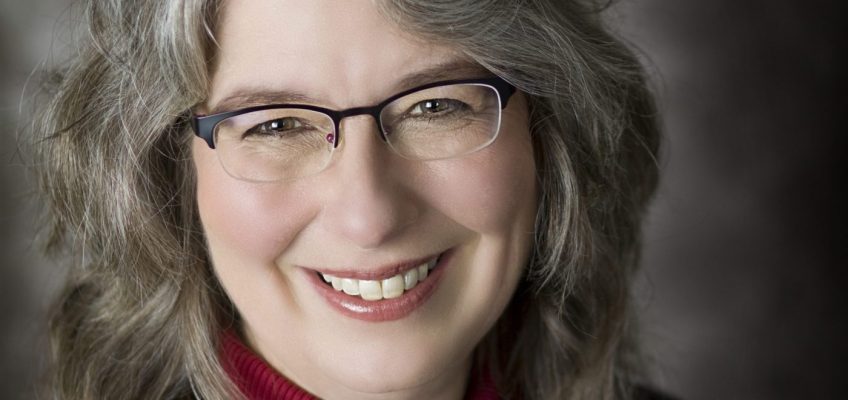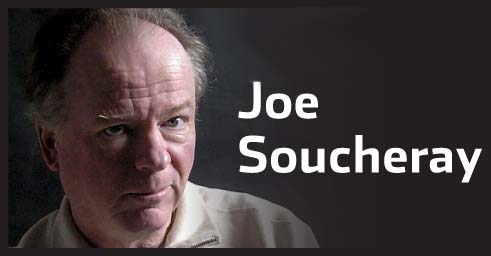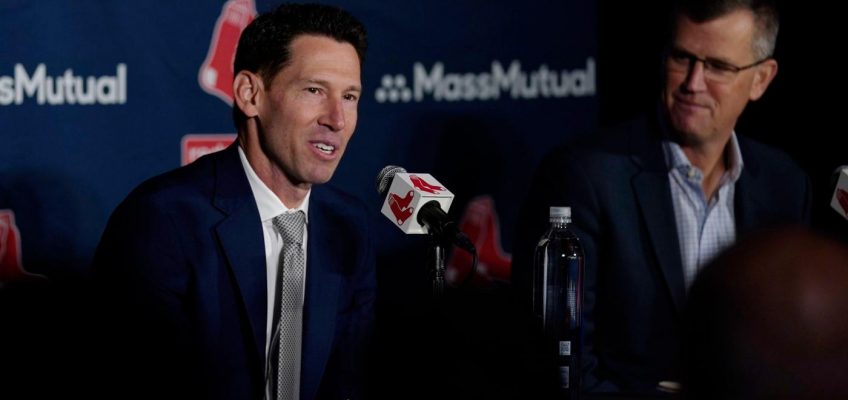Amy Lindgren
Second Sunday Series — This is the third of 12 columns on making a career change appearing the second Sunday of the month, from September through August. Last month’s column presented a sample timeline, while the month before offered questions to consider when changing careers.
Some people planning a career change know exactly what they want to do next. Lucky them! If that’s not you, waiting for inspiration to strike isn’t the answer. Passive processes can lead people to quiet careers of desperation, so to speak, not to mention years or decades of missed opportunities.
Instead, you’ll want to select one or more steps to follow, hopefully leading to ideas you can research to identify your next career. Following are 10 such processes, some more strategic than others, but each of which can work.
Many of these steps can be enhanced by a trip (or several) to www.CareerOneStop.org. Sponsored by the U.S. Department of Labor Employment and Training Administration, this helpful site is actually an integrated suite of national websites covering areas such as assessments, training opportunities, labor statistics and more.
1. Assessments. As you might know, assessments of different types can help you determine which jobs fit your interests, your work style, or your personality. Since the results are sometimes confusing, a counselor’s interpretation can be helpful.
2. Hot jobs list. Nearly every job board offers a version of the “Top Ten Jobs for … ,” which can provide helpful prompts as you dig for ideas. Keep in mind their research is not likely to be comprehensive.
3. Job postings. Sometimes a bit of window shopping is all you need to unlock new ideas. Just remember: Some jobs are never advertised, so the postings won’t be a complete list of what’s possible.
4. Friends’ careers. You and your friends share common interests — maybe their career choices would interest you too?
5. Parents’ suggestions. Your folks may have seen talents that you haven’t recognized yourself. Just be careful not to let old family narratives or other peoples’ dreams take over the process.
6. Past jobs. Sometimes the jobs you left behind still hold some magic, particularly if you can recapture what you liked best about a favorite role.
7. Skills transfer. The skills you most enjoy using are a powerful key to careers you’ll enjoy. Once you’ve named them, on online skills transfer tool can tell you which jobs use them.
8. Hobbies. Every hobby has a professional component, from selling related goods to teaching others to marketing the products to … would it be fun to work where you play?
9. Childhood dreams. It might be too late for that ballerina career, but how about working for a dance company? Childhood ideals can be a rich source of adult career ideas.
10. Volunteer or charitable activities. If you support specific causes, perhaps you want to put more weight behind them by joining the cause as an employee.
If you get stuck, the eleventh option is a conversation with a career counselor, who can help you sort through the ideas you’ve been generating by providing targeted suggestions and exercises.
Eventually you’ll need to trim your options so you can go deeper. Once you have a short list, the following processes will help you gather more information on specific career ideas. Doing them in order will help you build from one level of research to the next.
Internet research: You’ve been doing this already but perhaps not strategically. To coordinate your process, focus on one idea at a time, spending perhaps five or 10 hours at the maximum on each. Things you’ll want to know include variations of the work, skills generally requested, predictions for growth, wages, etc. Track your data with online files or printouts to make later reference easier.
One-on-one conversations: Now that you know the basics on your top career ideas, choose your favorite to discuss with people already in that field. Sometimes called informational interviews, these conversations can be supplemented with professional association meetings or introductory classes.
Hands-on experience: Still trying to decide? Experiential research might provide the tie-breaker. This can include job shadowing, volunteer work, training classes or anything else that lets you experience the work directly.
Choosing a new career path can be confusing, so don’t worry if your “final” choice doesn’t feel final. As new information emerges, you can refine your thinking. Just keep working the process for now, then come back for next month’s Second Sunday column to delve further into career change strategies and ideas.
Related Articles
Working Strategies: A helpful reading list for executives
Working Strategies: C-suite candidates and the needed paperwork
Working Strategies: C-Suite strategies Part 2 — Finding the openings
Working Strategies: Time to step up to the C-suite?
Amy Lindgren owns a career consulting firm in St. Paul. She can be reached at alindgren@prototypecareerservice.com.




